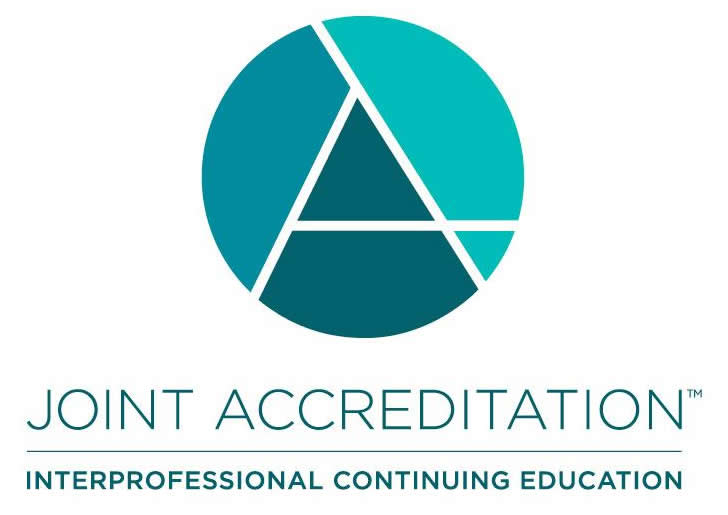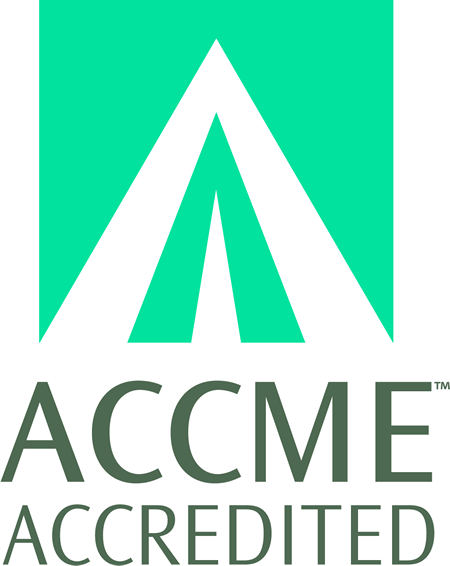
COURSE CREDITS & HOURS
AMA PRA Category 1 Credits™14 ACPE Credits
COURSE FEES
TARGET AUDIENCE
PROGRAM PURPOSE
- Osteoporosis
- Evaluate screening recommendations and apply them to everyday practice
- Utilize therapies that include bisphosphonates, PTH and inhibitors of the RANK/RANKL/OPG system
- Recommend appropriate vitamin D therapy
- Better advise patients on calcium supplementation
- MCI and Alzheimer's Disease
- Define Mild Cognitive Impairment in both amnestic and non-amnestic disease states
- Understand the potential implications of early diagnosis of dementia for patient care outcomes
- Describe the clinical manifestations of Alzheimer's disease
- Evaluate patients for symptoms of cognitive and functional loss
- Apply appropriate drug and non-drug interventions for patients with dementia
- Counsel families and caregivers at all stages of disease
- To Sleep: Perchance to Dream
- Describe the age-related changes in sleep
- Evaluate the psychiatric, medical, and neurological causes of sleep problems
- Implement office-based and objective methods for evaluating sleep disordered breathing
- Intervene with appropriate treatments for complaints of insomnia including CBTI as first line guideline directed care
- Management of Constipation
- Understand the common barriers that hinder the optimal management of chronic constipation in health care settings
- Define primary as well as secondary causes of hypertension in the older adult
- Provide a rational strategy to manage constipation based on current best evidence of the drug classes currently available
- Where Pain Management Meets Addiction Medicine
- Understand the pathogenesis of pain
- Apply recent guidelines in pain management
- Choose appropriate drug therapy and multimodal interventions for the relief of pain
- Enroll in your state's Prescription Drug Monitoring Program (PDMP)
- Balance the management of patients who present with both pain and opioid addiction
- Pulmonary Disease in the Elderly
- Evaluate current trends in pulmonary disease in the elderly
- Review current immunization guidelines and supportive therapy
- Include new therapies like LAMA/LABA combination inhalers and roflumilast in the management of COPD
- Implement the appropriate use of nebulizers, MDIs and oxygen
- Apply guideline directed care to patients with COPD
- Nutritional Supplements: When East meets West
- Understand that adequate nutrition is a prerequisite for the maintenance of good health and optimum efficiency
- Find the on-line resources that provide the best evidence in support of dietary and nutritional supplements
- Identify targeted supplements for heart disease, vision, depression/mood, and urologic disorders
- Council patients on the risks of certain therapies in the presence of other disease
- Ambulatory Management of Congestive Heart Failure
- Recognize congestive heart failure exacerbations in the ambulatory setting
- Determine when parenteral diuretic use would be clinically indicated
- Recommend the appropriate type and dose of diuretic
- Determine laboratory and clinical follow up parameters
- Recognize when patients require a higher level of care
- Dizziness - the diagnostic and management conundrum
- Define and describe the clinical manifestations of dizziness
- Differentiate between central and peripheral dizziness
- Develop a treatment plan for dizziness that is evidence-based and patient centric
- Apply appropriate pharmacologic and non-pharmacologic interventions for patients with vertigo
- Oral Hypoglycemic Medications for type 2 DM management - what is the evidence?
- Describe the different classes of oral hypoglycemic medications available for management of type 2 diabetes
- Evaluate the efficacy of these medications in preventing morbidity and mortality
- Select the most appropriate oral hypoglycemic based on individual patient parameters
- Understand and recognize the potential risks posed by each class of medications
- Office Emergencies - management without disruption
- Develop a brief training and simulation program, using the team STEPPS model (strategies and tools to enhance performance and patient safety)
- Recognize and manage early anaphylaxis in the office
- Recognize and manage acute coronary syndrome in the office
- Recognize and manage acute COPD or asthma exacerbation in the office
- Steroid Joint Injections - minimal effort and maximal benefit
- Understand the risks and benefits of cortisone joint injections
- Employ evidence based injection techniques that decrease the risk of infections
- Select the appropriate steroid, analgesic, needle, and syringe for the planned injection
- Review the correct technique of injection
- Food as a prescription
- Identify dietary modifications that decrease cardiovascular risk
- Identify dietary modifications that decrease cancer risk and mortality
- Recognize dietary choices that decrease the risk of diabetes
- Lower Extremity Deep Venous Thrombosis Diagnosis - How and Why?
- Recognize when a deep venous thrombosis diagnosis needs to be considered
- Choose the appropriate test for the diagnosis of deep venous thromboses
- Correlate the ultrasound findings to the appropriate clinical diagnosis




































